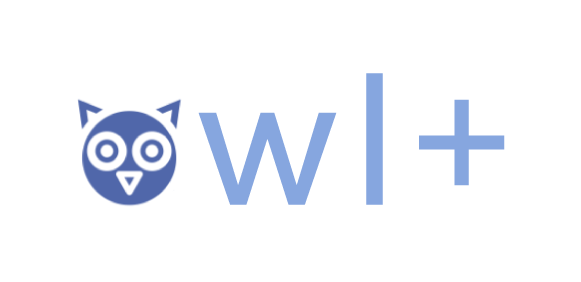11 Tiatro Popular Mirandés – Ls Quelóquios / Mirandese popular theatre
The Mirandese popular theatre (quelóquios mirandeses) refers to the popular performances that are particular to the Land of Miranda. This kind of theatre is usually quite simple, and it relies mostly on the sense of humour and wit of the people who take place. The performances take place in the streets of the villages and the actors are always people from the same village or a neighbouring one. The scripts are very important because the actors often recite the phrases rather than acte them out.
Some quelóquios are religious (usually retelling parts of the Bible) and some are profane. The characters are archetypical and the most important of all of them is the Tonto (the Fool), who isn’t part of the plot but makes everyone laugh throughout the perfermance.
The quelóquios make use of all three languages of the region; Portuguese, Spanish and Mirandese. Portuguese is used by most of the characters, Spanish is used only by the shepherds, and Mirandese is only spoken by the Fool, to make the audience laugh. But the Fool doesn’t just tell jokes, it gives voice to the audience as a collective, making powerful statements and calling out their hardships.
The influence of the regrador (the playwright or, sometimes, the person who arranged or copied the scripts) can also be seen in how Mirandese, Portuguese and Spanish are used in these performances. The traditional playwrights didn’t have a high level of education so, when they wanted to “show off” their skills, they came up with all sorts of way of refining Mirandese, and used language creatively to make it sound as different as possible from Portuguese.

